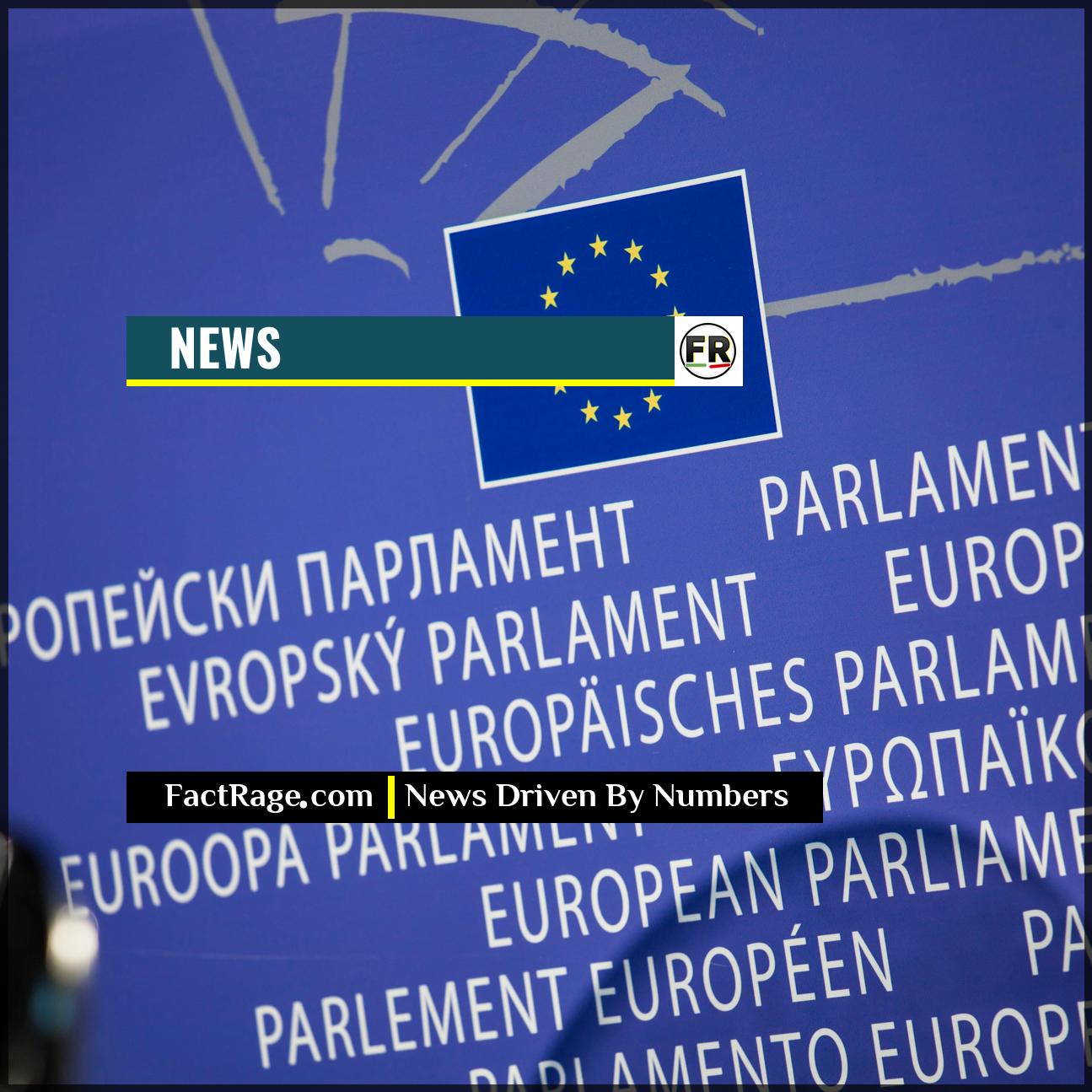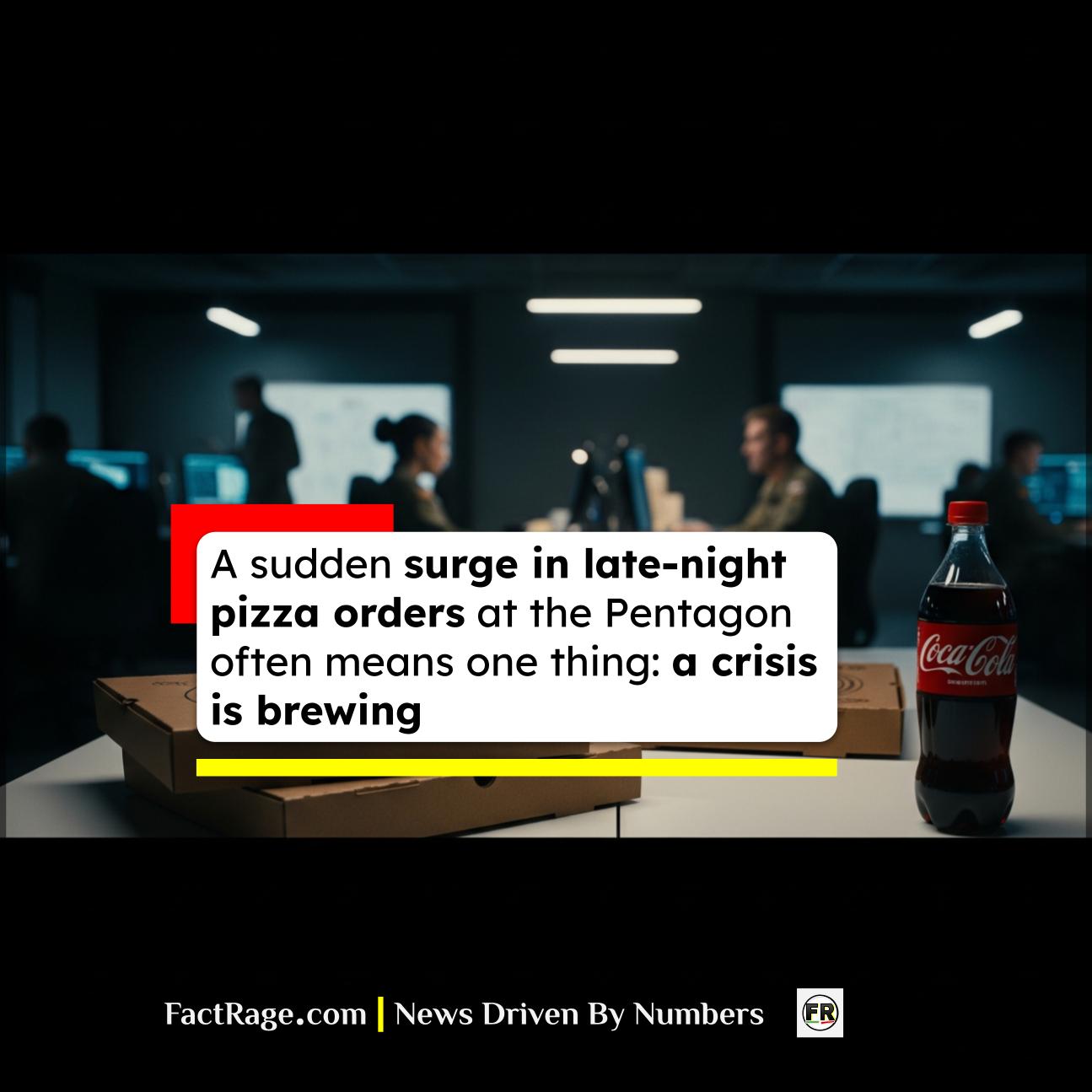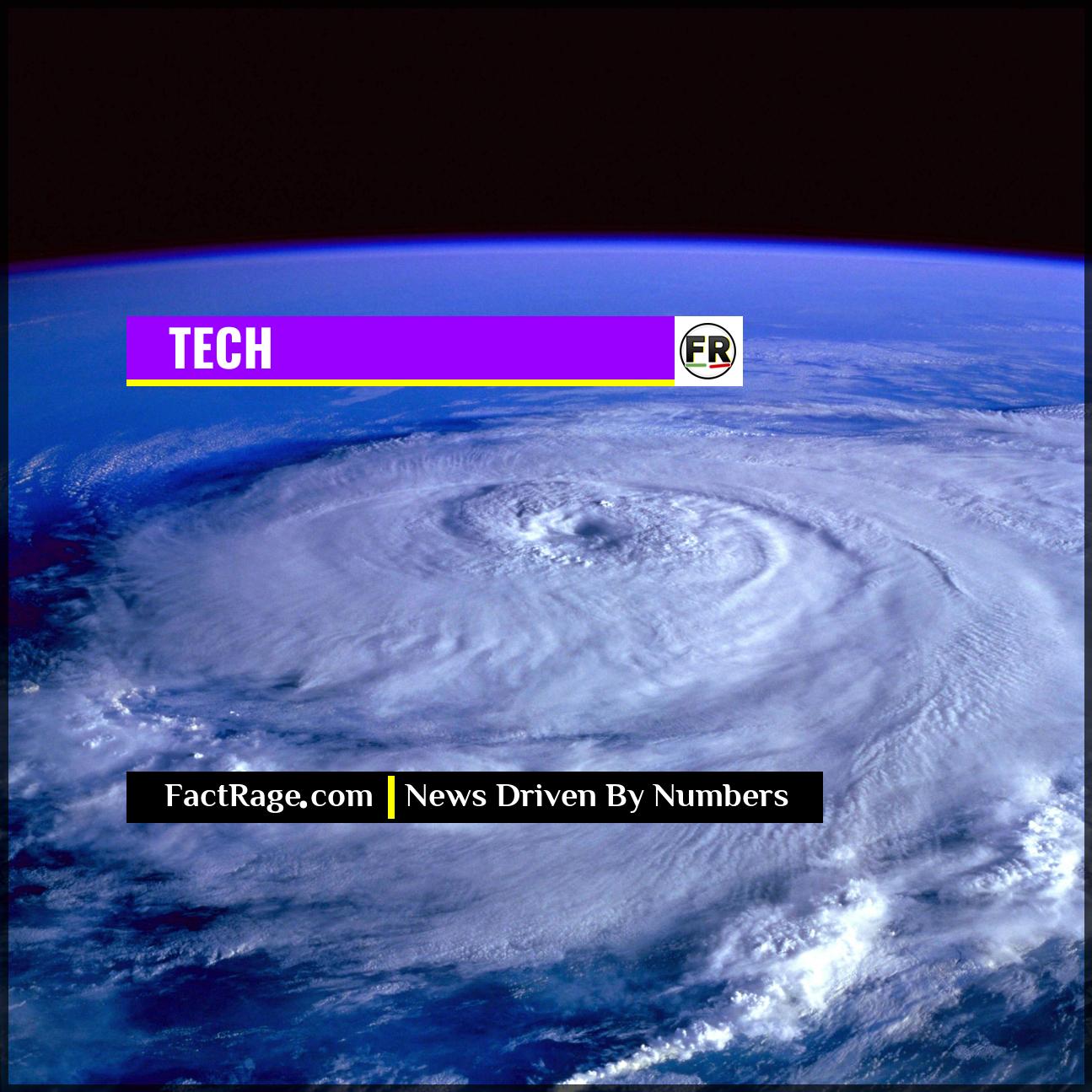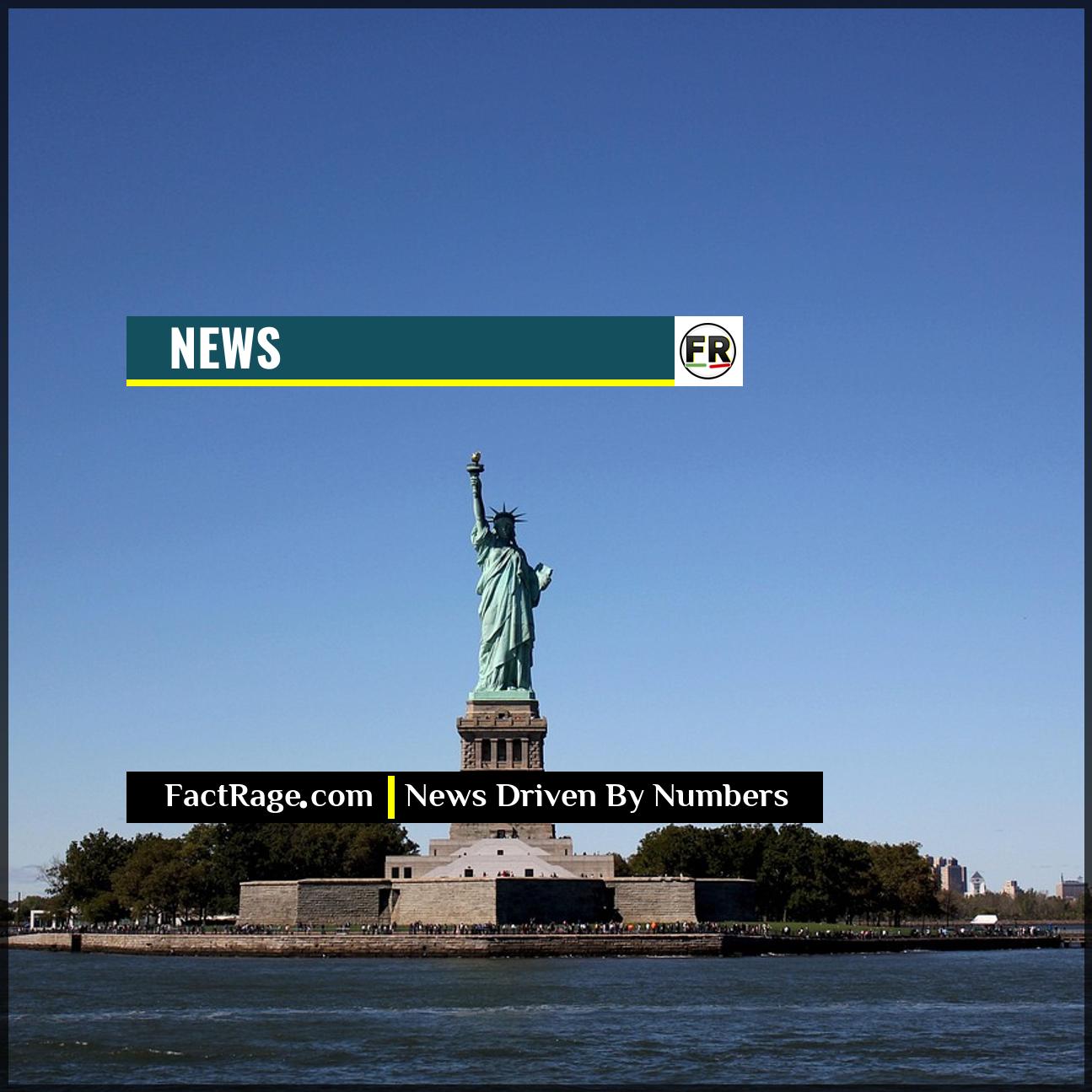WASHINGTON, DC – As leaders of the 32-nation alliance gather in the U.S. capital for NATO’s 75th anniversary summit, their agenda is dominated by substantive policy debates on defense spending, aid to Ukraine, and the long-term strategic direction of the bloc.
- Record Defense Spending – A record 23 of 32 member countries are on track to meet or exceed the alliance’s defense spending target of 2% of GDP in 2024, a dramatic increase that shifts the conversation from compliance to capability.
- New Ukraine Aid Structure – A central proposal involves NATO taking over the coordination of security assistance and training for Ukraine, a move designed to make support more predictable and shield it from the domestic politics of individual member nations.
- Leadership and Future Strategy – The summit will be the last for Secretary General Jens Stoltenberg, with incoming chief Mark Rutte set to inherit an alliance grappling with how to adapt to sustained Russian aggression and other global challenges.
While the summit marks a historic 75th anniversary, the conversations happening behind closed doors are focused firmly on the future. The core of the event revolves around turning recent ad-hoc policies into long-term, institutional commitments.
Why the 2% Spending Target Is Now the Minimum

For years, the goal for NATO members to spend 2% of their GDP on defense was more of an aspiration than a reality. The 2014 pledge, made after Russia’s initial invasion of Ukraine, saw slow uptake. However, current geopolitical realities have dramatically changed the calculus. In June, NATO Secretary General Jens Stoltenberg announced that 23 allies are expected to meet the 2% target in 2024. This figure is more than double the number from just a few years ago.
The key question at the summit is no longer about reaching the 2% figure, but what comes next. Many Eastern European countries, such as Poland and Estonia, are already spending well over this amount, pushing for the alliance to treat 2% as a mandatory floor, not a ceiling. The debate will focus on how this increased spending translates into real military capability, interoperability between allied forces, and a stronger industrial base to sustain high-intensity conflict.
How NATO Plans to Stabilize Aid for Ukraine
Perhaps the most significant policy initiative on the table is a new framework for managing military support for Kyiv. The plan, known as NATO Security Assistance and Training for Ukraine (NSATU), would see the alliance take over the coordination of aid and training efforts. This role has largely been managed by the United States through the ad-hoc Ukraine Defense Contact Group.
The strategic goal is twofold: make the flow of weapons, ammunition, and training more predictable and coherent, and insulate the support mechanism from political shifts within any single member state, particularly in light of the upcoming U.S. presidential election. The plan includes a multi-year financial pledge, reportedly aiming for at least €40 billion ($43 billion) in annual support. The politics of this move are complex; Hungary has secured an opt-out from participating in the effort but has agreed not to veto the plan, demonstrating the internal negotiations required to move forward.
What the Alliance’s Next Chapter Looks Like
This summit marks the end of an era, serving as the final one for Secretary General Jens Stoltenberg after a decade at the helm. His successor, outgoing Dutch Prime Minister Mark Rutte, has been confirmed and will take over in October. Rutte will inherit an alliance that is larger, better-funded, but facing its most significant security challenge since the Cold War.
The discussions in Washington will lay the groundwork for the strategy Rutte will be tasked with implementing. This includes not only deterring Russia but also addressing other strategic challenges, including cybersecurity, threats from China, and instability on NATO’s southern flank. The decisions made on spending and the Ukraine support structure are the first steps in defining the alliance’s role and capabilities for the next decade.














